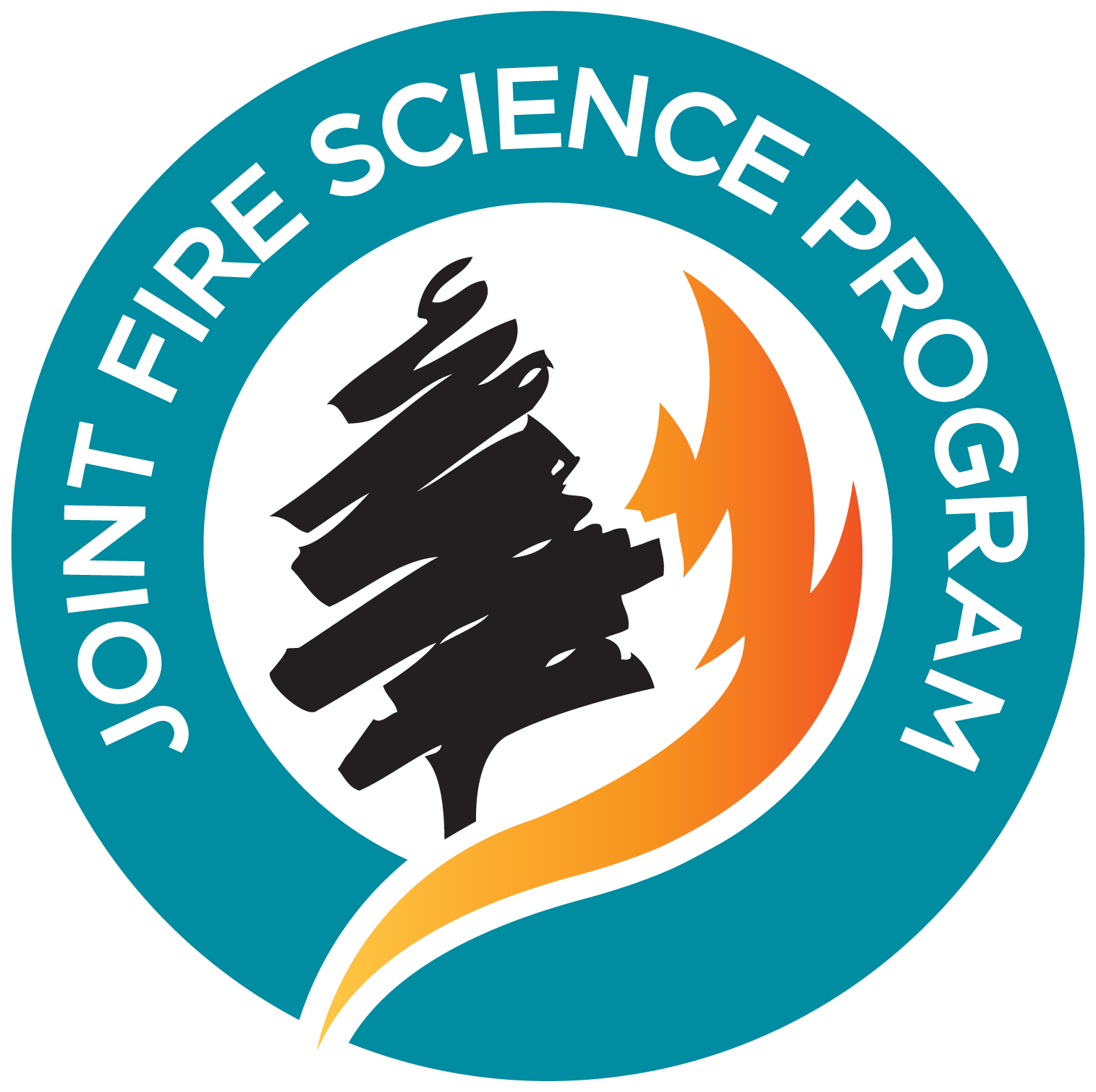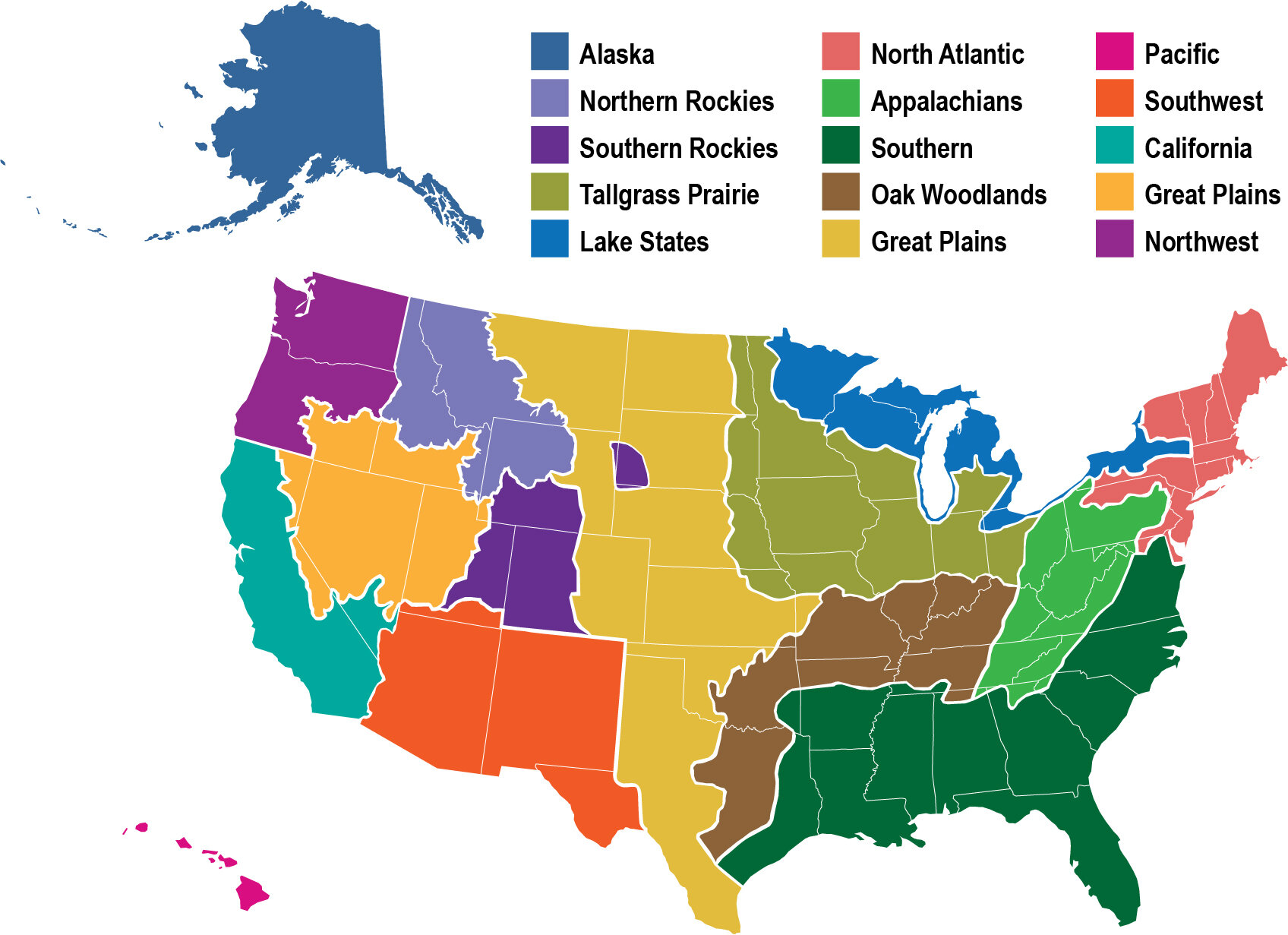Effects of conifer encroachment on fuels and fire in white oak woodlands: Research Brief
/A century of fire exclusion in the western United States has altered oak woodland landscapes, resulting in severe compositional and structural changes that influence species diversity and distribution, fuel loading, and fire behavior and effects.
View Research brief PDF >



